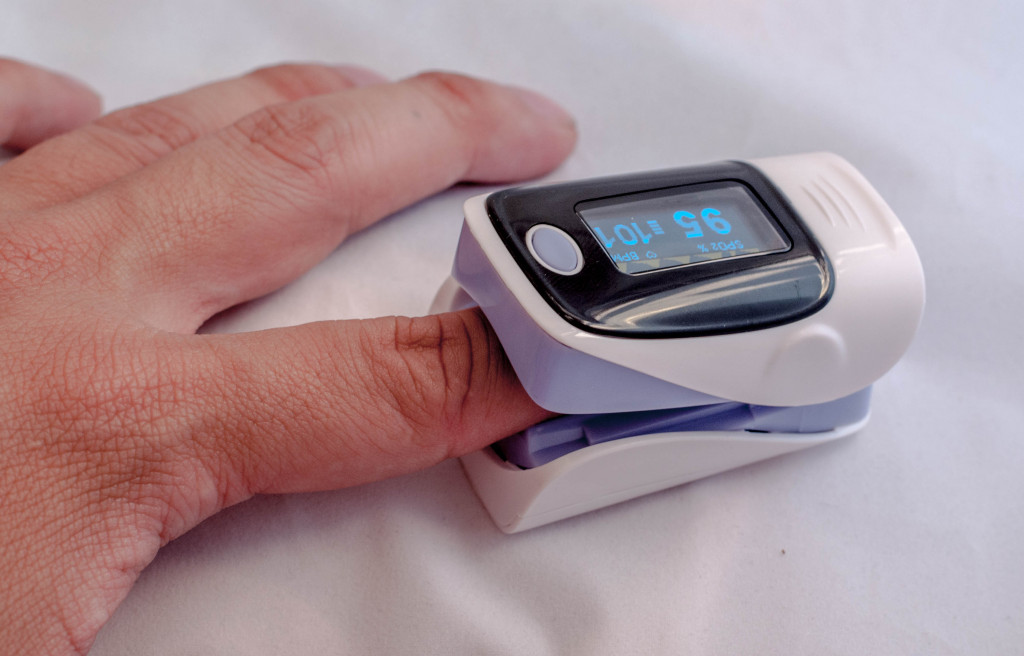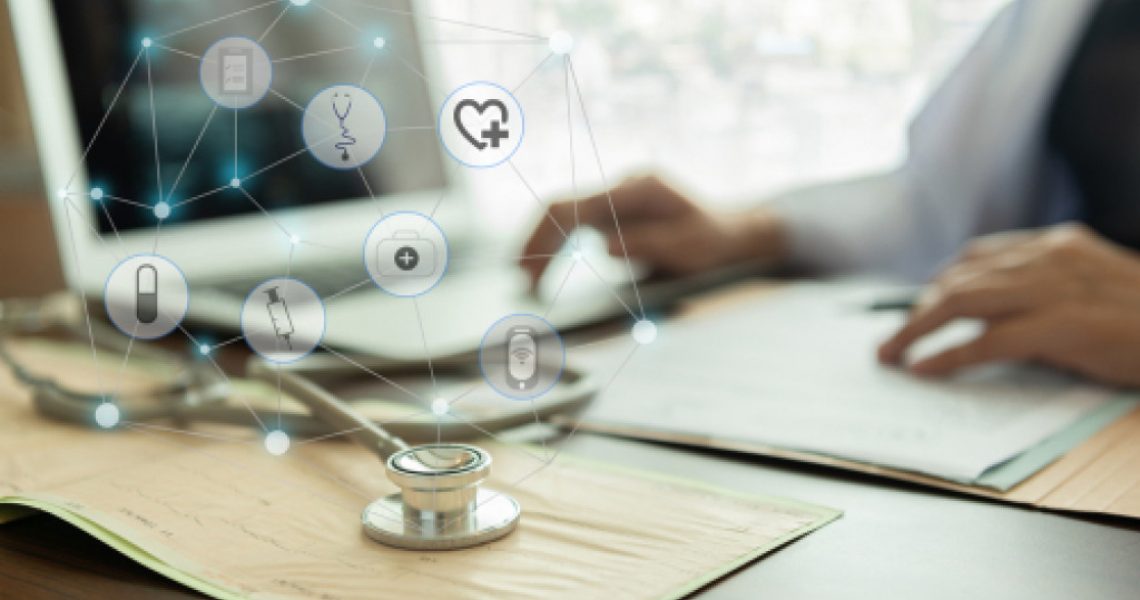Since technology has become more prevalent in the past few decades, technology has helped people achieve better health outcomes. This is because technology can help people understand their health better or provide them with tools to overcome certain health obstacles.
For example, technology can help someone who is deaf make sure they are getting enough exercise by helping them set up an alarm that vibrates when it’s time for a workout. Technology has also paved the way for services such as mobile IV services to help people who cannot leave their homes receive the care they need.
This technology has allowed people with certain disabilities or illnesses to stay in their own home instead of having to go into a hospital if possible, allowing them the comfort and privacy that is so important for health outcomes.
With technology being such an integral part of society today, it’s no wonder that technology has been able to help people achieve better health outcomes. Technology will continue to be an asset in achieving better health outcomes as we move forward into the future as long as it is maximized properly.
How Technology Promotes Better Health Outcomes for People
Technology has played a critical role in people’s lives. People with disabilities or illnesses like dementia and Alzheimer’s disease can now be monitored using technology that allows them to stay at home instead of going into an institution where they would normally need assistance from other people every day to accomplish tasks such as eating or moving around.
Furthermore, technology has allowed healthcare providers to monitor people’s health in terms of their heart rates, blood pressure, sugar levels, and oxygen. This technology is called telemedicine which provides remote consultations with specialists in the field you’re seeking advice about without having to physically go into a hospital or doctor’s office for an appointment. Below are more examples of how technology promotes better health outcomes for people:
-
Technology allows people to take an active part in monitoring their health.
Technology has paved the way for technology-driven solutions that have created better health outcomes for people. Technology has allowed technology-driven solutions to be created to monitor a person’s heart rate, blood pressure, sugar levels, and oxygen. As a result, people can easily monitor their health in the comfort of their own homes.
For example, people with diabetes can monitor their sugar levels daily to make sure they are within the normal range. Before the advent of technology, people could not monitor their sugar levels in real time. At present, this has become possible because of technology.
Technology has also helped people manage chronic diseases such as diabetes with technology-driven solutions like insulin pumps, allowing people to monitor their glucose levels. This technology is now administering insulin automatically to make it easier for those who need it to wear an insulin pump and not constantly worry about having to inject themselves.

Technology has allowed technology-driven solutions such as fitness trackers and smartwatches to be created. These technology products have been proven to help people achieve better health outcomes by making it easier to monitor their physical activity, calorie intake, sleep patterns, etc.
-
Technology has also allowed technology-driven solutions to be created for better pain management and diagnosis.
Technology allows technology-driven solutions that allow people to get remote diagnoses by doctors through virtual appointments, saving time and money because there is no need for a person to physically go into the doctor’s office or hospital.
Technology has also allowed technology-driven solutions to be created for better pain management and diagnosis. Videos of certain surgeries can now be streamed live online, allowing people with similar medical conditions to understand a procedure before it is performed. Technology has also paved the way towards enhanced medicine research so that researchers can create better medicines for different health complications.
-
Technology has also been used to provide care for the elderly and other people who need help with day-to-day activities.
There are technology tools that can monitor a person’s health conditions, such as their blood pressure and heart rate, which is useful if there are any irregularities detected in their bodies. Technology has enabled communication between doctors and patients via technology platforms that allow patients to upload their data and then discuss it with a doctor so that care can be provided more effectively.
Technology and Health
People’s health outcomes have improved significantly because of the influence of technology. Technology has paved the way towards better methods of monitoring people’s health and administering better care. For example, technology has allowed doctors to monitor a person’s health conditions by using technology platforms that enable them to upload their data and discuss it with other healthcare providers so that better care can be provided. Without technology, it would be difficult for people to achieve better health outcomes.

